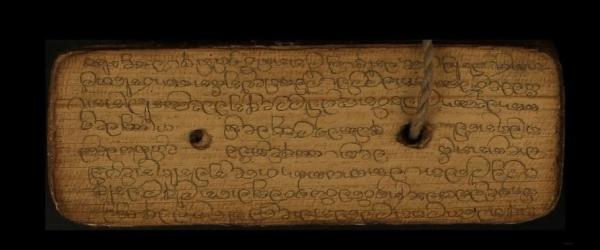
RCP unseen patient voices
RCP Unseen: patient voices
The history of medicine is a story with two sides: doctors and patients. A doctor cannot be a doctor without a patient, and in the past the patient was the source of the doctor’s livelihood, in exchange for their medical expertise.
The patient voice is, however, largely silent within medical collections. The handful of documents at the RCP that are written by patients are poignant and important – but they also expose a major limitation of our collections. We will never fully understand the intricacies and nuances of the deeply sensitive doctor–patient relationship, because we only have half of the story.
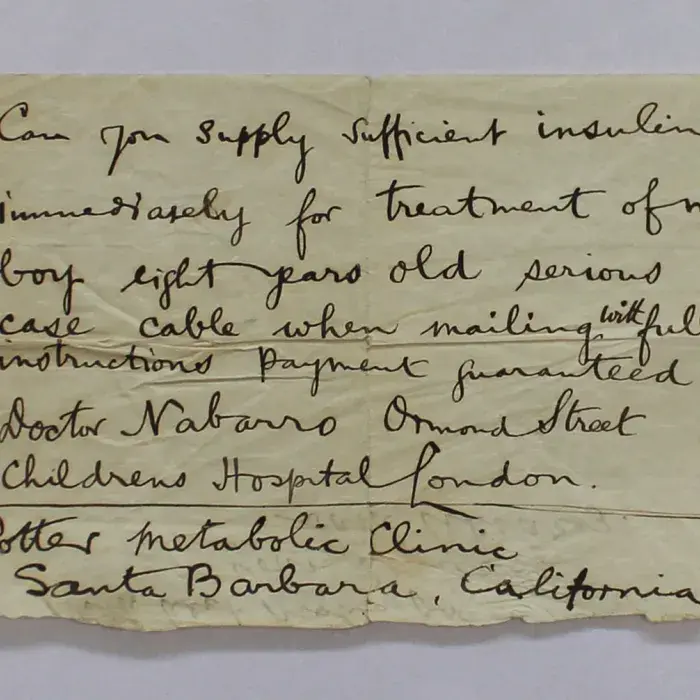
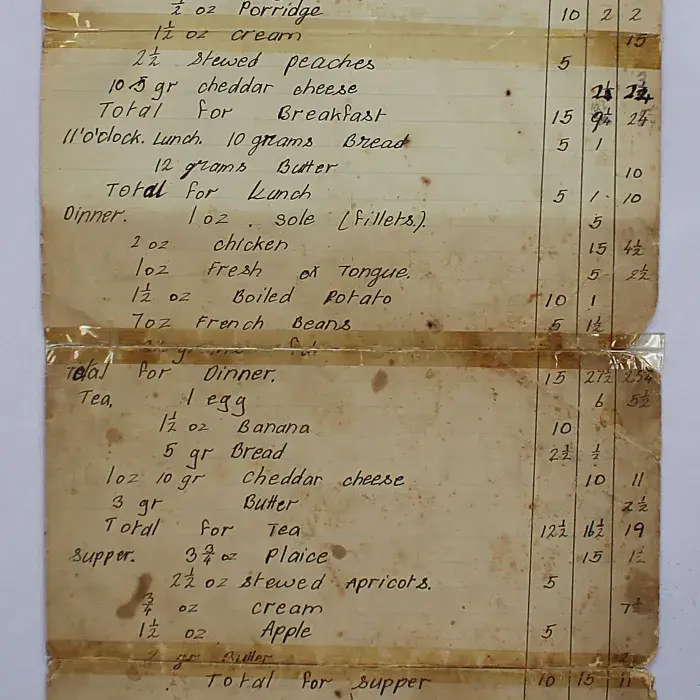
Telegram message urgently requesting insulin for Alan Nabarro
Telegram message urgently requesting insulin for Alan Nabarro, London, 1922 (MS5938/2)
The sender of this desperate message, David Nabarro, knew that if he could not get hold of insulin, his nephew would likely die.
Alan Nabarro (1914–1977) was diagnosed with diabetes when he was seven years old. At that time, there was no effective treatment, and many children died within a year of diagnosis. Luckily for Alan, his Uncle David – a doctor – was aware of tests being carried out in Canada and the USA with the hormone insulin. After David contacted the doctors involved in the experiments, Alan became one of the first people in the UK to be prescribed insulin for his condition. It saved his life and he went on to work for organisations supporting people living with diabetes.
View catalogue record for Telegram message urgently requesting insulin for Alan Nabarro
Bar mitzvah diet sheet made by Alan Nabarro
Bar mitzvah diet sheet made by Alan Nabarro, London, 1927 (MS5939/2)
From the time he was diagnosed with diabetes, aged seven, Alan Nabarro (1914–1977) took an active interest in managing his condition. He prepared diet sheets giving the amounts of carbohydrate, protein and fat he was allowed, including this special diet sheet for the day of his bar mitzvah when he was 13 years old.
When Alan was first diagnosed, he was put on a near-starvation diet for a year. This measure may have helped save his life, but it was a traumatic time, and food became a source of comfort and empowerment in later childhood. The Alan Nabarro Medal is still awarded to people who have lived with diabetes for 50 years.
View catalogue record for Bar mitzvah diet sheet made by Alan Nabarro
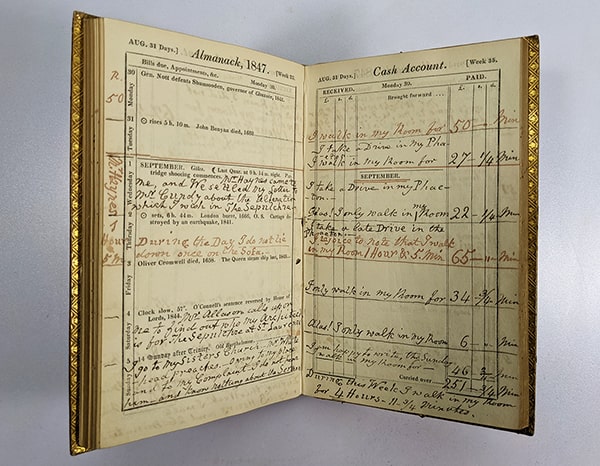
Diary of Augustus d’Este, describing his experience of living with multiple sclerosis
Diary of Augustus d’Este, describing his experience of living with multiple sclerosis, London, 1846–1848 (MS124)
Augustus d’Este (1794–1848) was the earliest recorded person to have multiple sclerosis, although his doctors did not use this term to describe his condition.
As a young man d’Este enjoyed travelling, riding and hunting. When he was aged 28 he began to experience loss of vision and fatigue, and later pain and spasms in his limbs. The treatments he received included having leeches suck blood from his temples.
D’Este’s diary describes his last years, when he was organising the building of his own tomb. He remained positive throughout his life, recording the amount of time he was able to walk in his room each day and taking pleasure in his achievements and those of his family and friends.
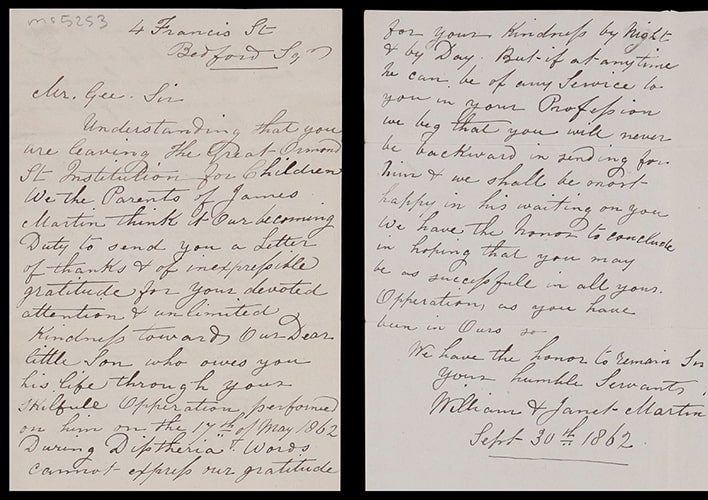
Reproduced courtesy of the Wiley Digital Archives © John Wiley & Sons, Inc. All rights reserved.
Letter from the parents of James Martin to Samuel Gee
Letter from the parents of James Martin to Samuel Gee, thanking him for saving their son’s life, London, 1862 (MS5253)
James Martin was four years old and struggling to breathe because of diphtheria, a disease that killed many children in the 19th century. Samuel Gee (1839–1911), a newly qualified surgeon at Great Ormond Street Hospital, decided James’ only chance was a tracheostomy – a tube inserted into his throat. This operation had never been carried out at the hospital before, but happily Gee’s efforts were a success.
In the letter, James’ parents express their gratitude not only for the operation, but for Gee’s ‘kindness by night and by day.’ Gee went on to become a prominent physician, but it is possible he kept this letter as a reminder of the positive impact he had early in his career.
Part of the exhibition 'RCP Unseen'. Explore further:

